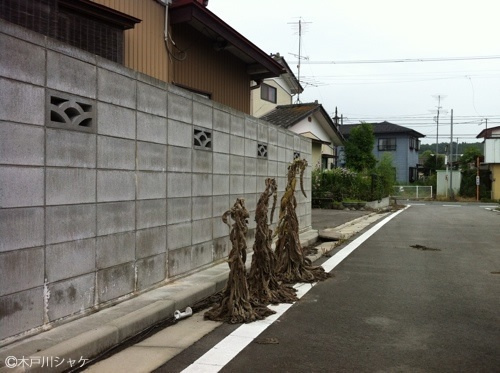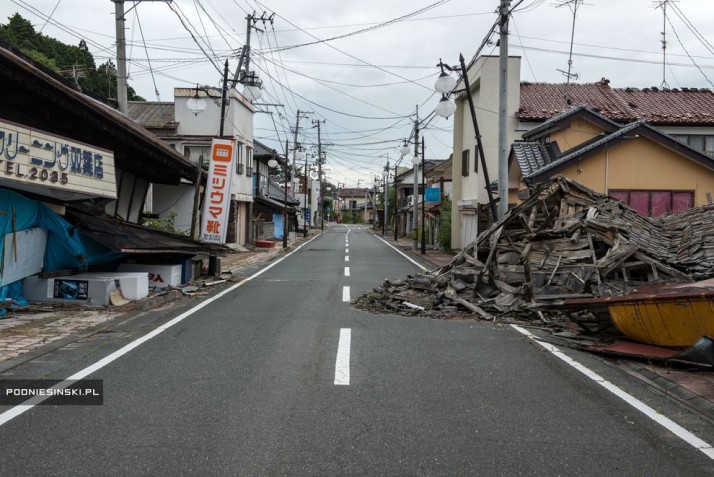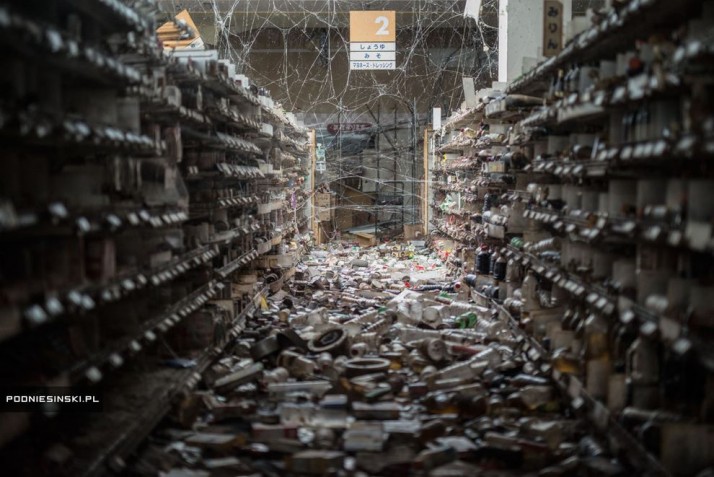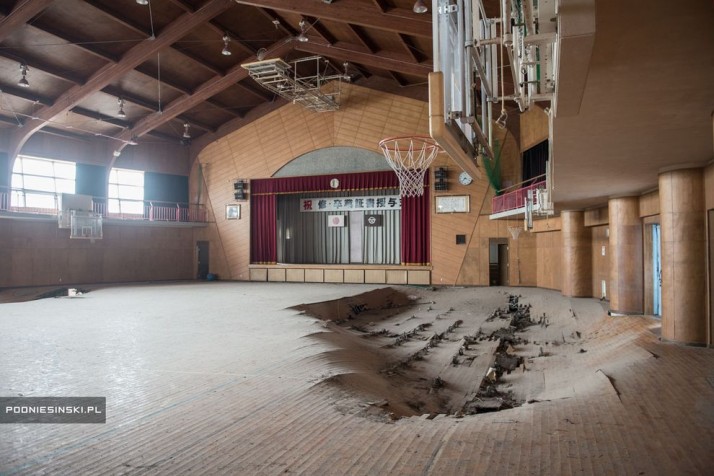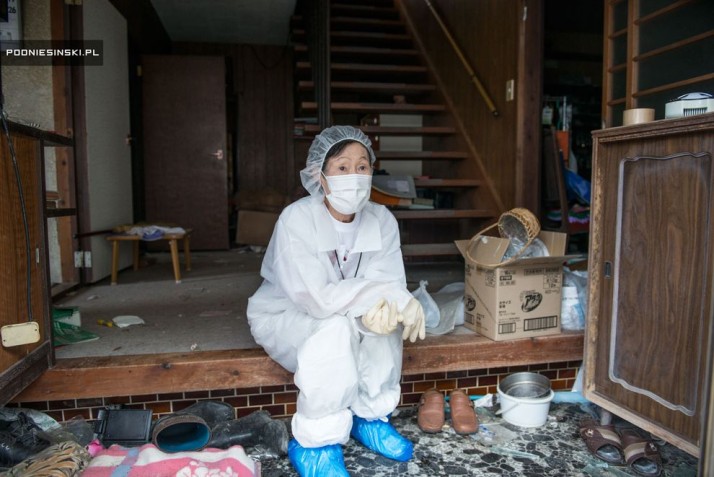In a remarkable essay, Polish photojournalist Arkadiusz Podniesiński documents his journey into the toxic pits of the Fukushima Exclusion Zone.
His essay, tersely titled “Fukushima” gives readers a glimpse into how areas surrounding the Fukushima nuclear power plant have changed, and in some cases not changed, since the tsunami laid waste to the facility in 2011.
During the disaster, an estimated 160,000 residents near the Fukushima Daiichi power plant were evacuated. Efforts to decontaminate areas impacted by the nuclear meltdown have been painstakingly slow.(1)
Podniesiński said he didn’t visit the Fukushima Exclusion Zone in order to recapitulate the disaster through stark imagery; rather, Podniesiński sought to underline the moral of the Fukushima story – namely, that the disaster was due to human negligence rather than the forces of nature.
“When I was planning my trip to Fukushima, I didn’t know what to expect,” said Podniesiński. “The language, culture, traditions and customs are different, and what would I find there four years after the accident? Would it be something similar to Chernobyl?”(2)
Special access to red areas
Not just anyone can walk into the Fukushima Exclusion Zone. The red zones, or “no-go zones,” contain the highest amount of radiation and are prohibited unless you are either a former resident or have a special permit.
Officials are just now beginning to decontaminate orange zones and haven’t touched the red zones. The only reason Podniesiński was granted permission to step inside the red zones is for his previous coverage of the 1986 Chernobyl accident.
“No tourists are allowed. Even journalists are not welcome,” Podniesiński explains. “The authorities are wary, they [inquire] after the reason, the topic being covered, and attitude towards the disaster. They are worried that journalists will not be accurate and objective when presenting the topic, but they are most likely scared of being criticized for their actions.”(2)
The Chernobyl incident in modern-day Ukraine was one of the worst nuclear accidents in history. After years of scientific investigation and government research, mysteries still remain about the long-term impact that the disaster has had on human health. Podniesiński was the first photojournalist to visit the area regularly.
Podniesiński never thought he would cover another disaster on par with the Chernobyl accident, but he was wrong. More than four years after the disaster, Podniesiński decided to apply his coverage of Chernobyl to Fukushima.
While inside the Fukushima Exclusion Zone, Podniesiński visited several orange and red areas – the most notable of these being the town of Futaba.(2)
Radiation haunts Fatuba
Futaba sits next to the power station and has more radiation than any other red area. Consequently, no efforts have been made to clean up the region. All visitors are required to wear protective clothing and carry a dosimeter to measure radiation levels.(2)
Fatuba is a ghost town; businesses, homes and schools haven’t been touched in four years. The invisible spirit of radiation continues to haunt the area.
“Many of the deserted houses, especially the wooden ones, are in such a state of disrepair that soon it will be not be financially viable to renovate them,” Podniesiński writes, “and if they are not renovated, they will start to fall down.”(2)
Some residents visit Fatuba to see their long lost homes for a few hours each month, whereas others find it too depressing to return. The town is entombed by radiation and will never be the same again. What remains isn’t so much a home as much as it is a distant memory.
Podniesiński’s full essay with accompanying photos can be seen here.
Sources include:
(1) Podniesinski.pl
(2) MNN.com
